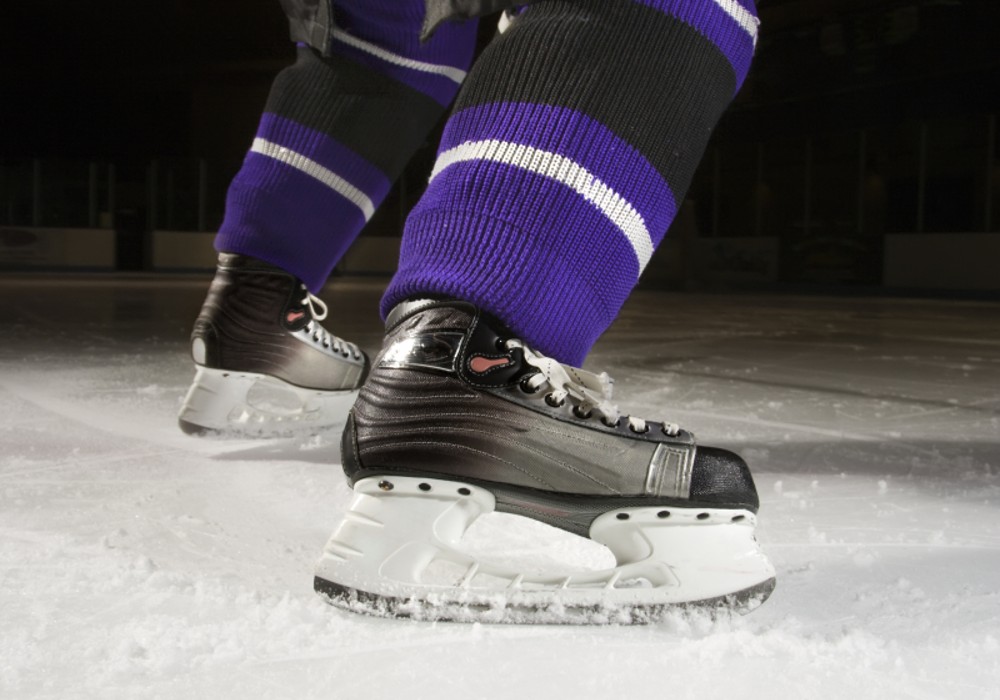Buying Ice Skates – A Matter of Size, Fit, and Stiffness
Choosing the right ice skates can be crucial in determining your overall experience playing hockey. Besides having the proper size, they must also fit properly to avoid discomfort in your feet. We explain the differences between simple and advanced ice skates and provide valuable tips for purchasing.
Difference between Expensive and Inexpensive Ice Skates
It can be difficult to determine how much money is worth spending on a pair of ice skates. The simple answer to this question is that the more the skates will be used, the more money you should spend. Expensive ice skates are usually stiffer in structure, which is mainly needed for heavier players with an aggressive skating style. For a hobby-player who only will use the skates a few times a year, a cheaper pair of ice skates will sufficient.

Choose the Right Size for Ice Skates
Of course, you should choose the right size for the ice skates. Too small skates can easily squeeze and cause pain. Too large skates often feel clunky and make skating more difficult due to the lack of stability in the foot. Additionally, it can hurt when the foot moves and is subjected to pressure from different directions.
Use the size chart on the product page to select the right size. Then, try the skate in a calm and relaxed environment at home. Remember to stand up with the skates on to feel if they are wide enough (the feet become slightly wider in a standing position). The skate should provide a stable grip on the heel without causing pain. Also, make sure you can move your toes and that they are not cramped in front or on the sides. To be completely sure that you are choosing a skate that fits, you can visit one of our stores. There, you can receive professional fitting with the help of a 3D scanner.
For children, it is good to leave about one centimeter of space in front of the toes, at least if the skate has a good fit for the foot otherwise. This provides room to wear an extra pair of socks, as well as some room for growth. A common mistake is to buy skates that are much too large for children who are just starting to play ice hockey with the hope that they will “grow into them”. This can result in both pain and poor skating, which in turn can make the child tire of playing ice hockey faster.
Check out our skates for kids
Check out our skates for juniors
Check out our skates for intermediate
Check out our skates for seniors
The Importance of the Right Fit
We all look different and this applies to our feet as well. Some have long and narrow feet, while others have short and wide feet. Normally there are three different fits to choose from when purchasing skates. The brand Bauer refers to them as Fit 1, 2 and 3, while CCM calls them Tapered, Regular and Wide. As the names suggest, the fits differ to accommodate both narrow and wide feet.
Other factors to consider for optimizing skates
It doesn't matter how well the skates fit if they are not sharpened. Dull skates make it difficult to have proper blade pressure as the skates glide sideways. An active hockey player who is on the ice every day sharpens their skates up to four times a month.
Here you will find new skate blades
In addition, there may be dirt or damages on the blade that cause a proper misalignment, which in turn can result in accidents on the ice. For these reasons, it is important to always use skate guards when using the skates outside the ice, for example, to and from the dressing room.
Here you will find our skate guards
See all products in the category skating.